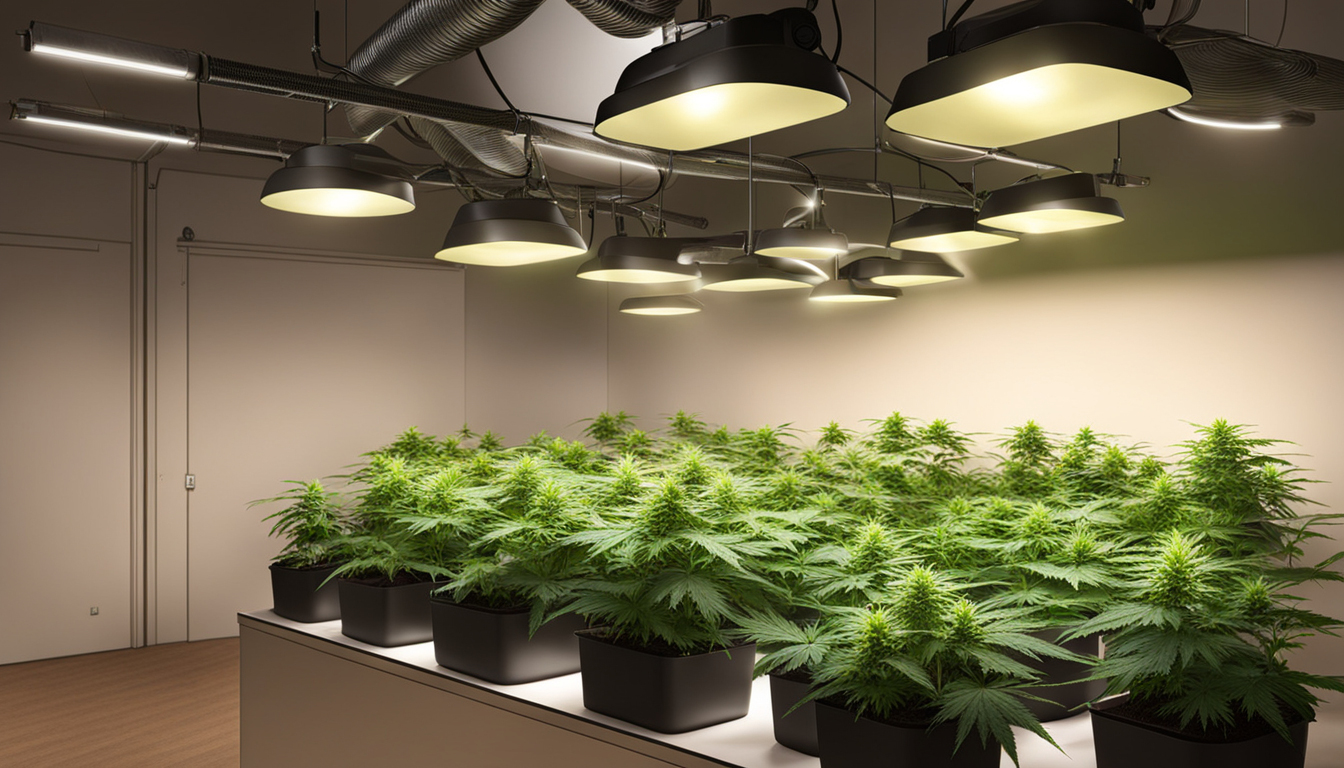
Whether you're just starting out with cannabis growing or looking to improve your existing crop, following this complete guide will help you produce big, high-quality yields right at home. With the right supplies, techniques, and care, growing marijuana indoors can be an extremely productive and cost-effective endeavor.
Choosing Pot Strains
The first step in planning your indoor grow is selecting the right marijuana cultivars to produce. The three main types of cannabis plants each have their own characteristics.
Sativas
Known for their invigorating intellectual effects, these strains grow tall and slender with narrow leaves. They thrive in hotter tropical climates and have a longer blooming time between 2.5-3 months indoors. Top energizing varieties include Sour Diesel, Durban Poison, and Jack Herer.
Indicas
Indicas provide relaxing full-body effects and grow short and bushy with broad leaves. Adapted to cooler mountain climates, they flower faster within 8-9 weeks. Popular indica varieties include Granddaddy Purple, Northern Lights, and Bubba Kush.
Hybrids
Hybrid strains blend traits from both sativas and relaxing strains. They offer combined effects and have moderate flowering periods around 9-10 weeks. Well-known hybrids are OG Kush, Girl Scout Cookies, and Blue Dream.
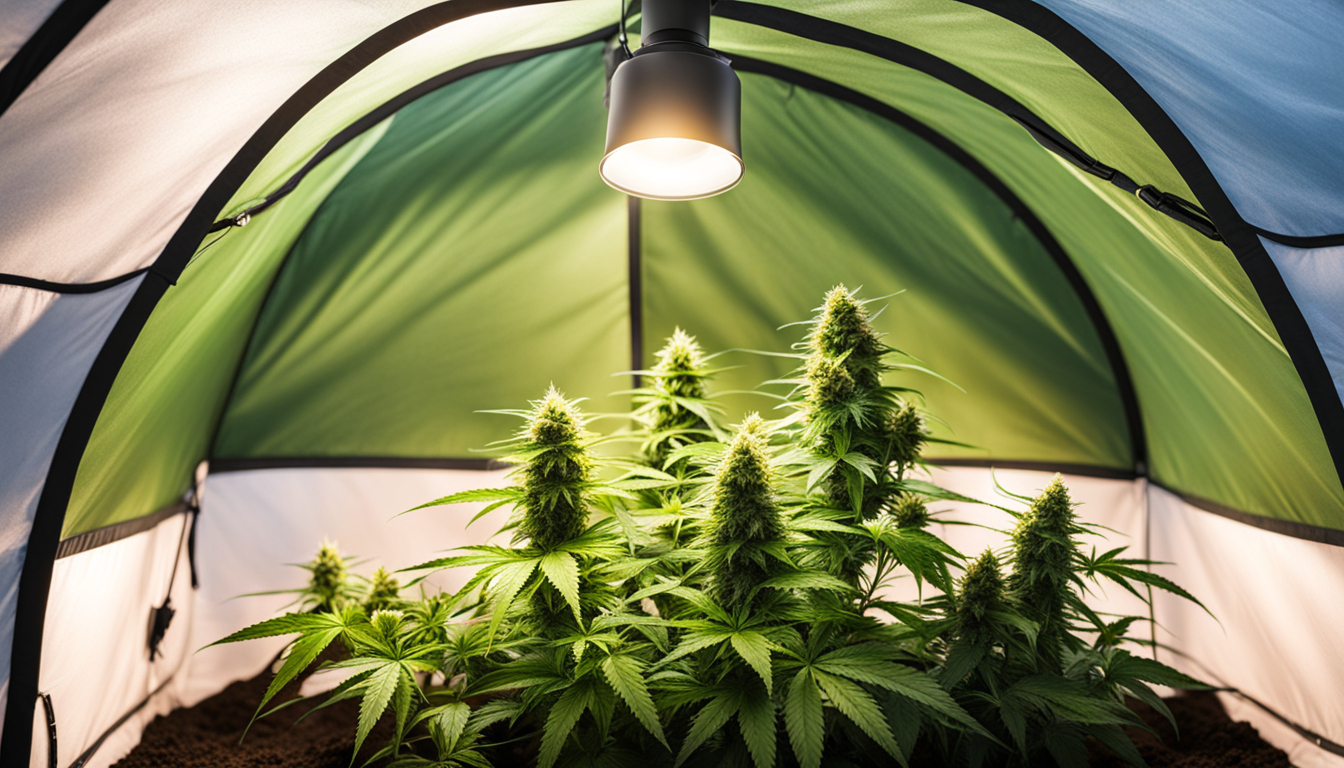
Setting Up Your Cultivation Space
Marijuana plants need the right controlled environment to thrive. Key factors for indoor cultivations are lights, ventilation, layout, and finding the ideal discreet location.
Location
Choose an unused space with easy access to irrigation and power outlets. An empty extra bedroom, unused closet, basement corner, or grow tent locked away in a garage all make great discreet cultivation room spots.
Lighting
Cannabis requires powerful light for all vegetative stages. LED grow lights are energy-efficient and come in broad spectrum options replicating real sunlight. Cover 15-25 watts per sq. ft for the vegetative stage and 20-40 watts per sq. ft. for bloom.
Ventilation
Proper ventilation and exhaust systems keep ideal temperature, moisture, and pure CO2 levels. Install low-noise 10-15 cm fans or scrubbers to circulate stale air and eliminate smells.
Layout
Optimize your space by arranging plants carefully under the lights and leaving room to reach and work around them. Set up separate zones for vegetation, bloom, drying, and propagation.
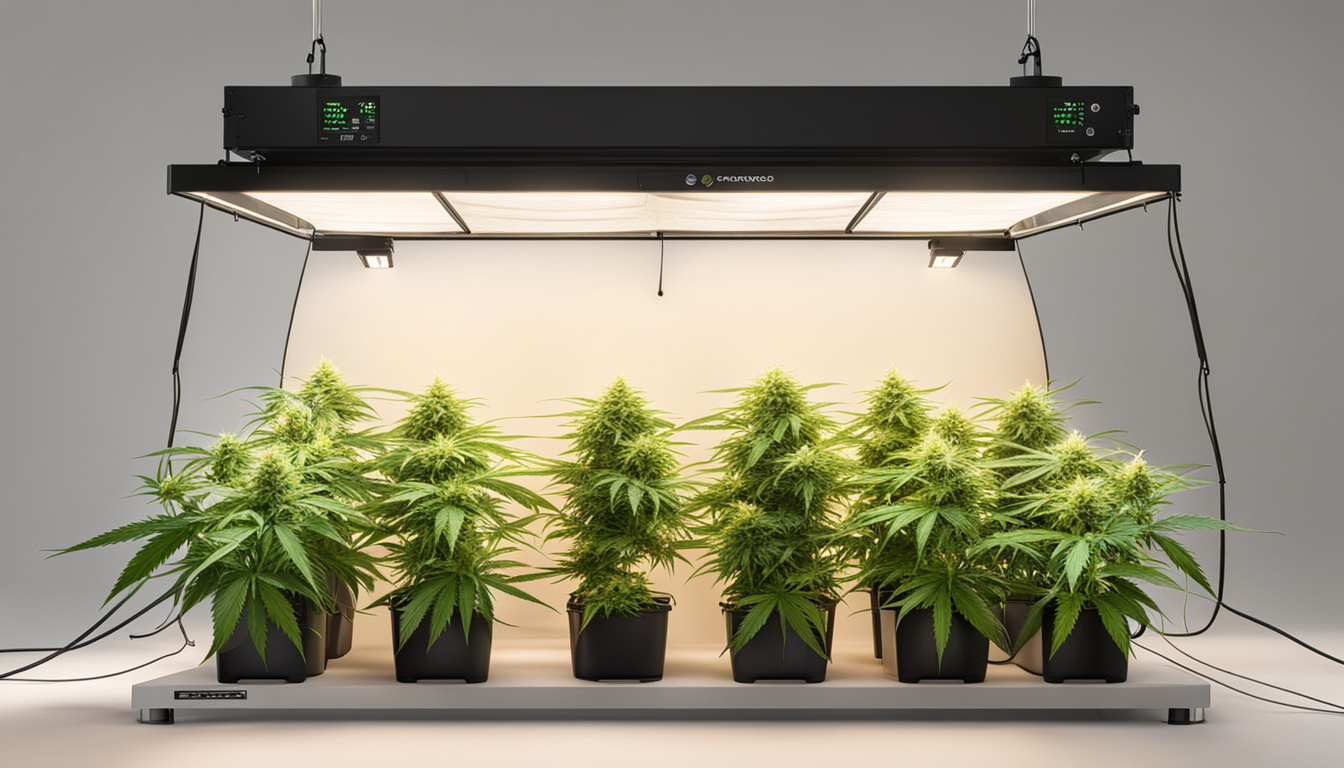
Growing Substrates
Weed can be cultivated in different substrates, each with pros and cons. Pick a proper option for your specific setup and cultivation style.
Soil
The classic substrate, soil is affordable and simple for beginners. It provides excellent flavor but needs more irrigation and fertilizing to feed plants. Amend soil with vermiculite or coir to improve aeration.
Coco Coir
Made from coir, reusable coco coir holds water but still allows air to the roots. It's more sterile and more predictable than soil. Use coir-specific nutrients to prevent calcium buildup.
Hydroponics
In water systems, plant roots grow directly in fertilizer water solution. This allows quick growth but needs close observation of water properties. DWC and drip systems are popular methods.
Germinating Seeds
Sprouting activates your marijuana seeds to start sprouting radicles. This readies them for planting into their growing medium.
Towel Method
Place seeds between moist paper towel and Contact Us Today maintain them moist. Inspect after a week for emerging taproots showing sprouting is complete.
Direct Planting
Insert seeds right into pre-moistened growing medium 1⁄4 inch deep. Gently water and wait 7-14 days until seedlings push through the surface.
Cubic rockwool
Soak rockwool cubes in balanced water. Place seeds 6mm deep into the cubes. Keep cubes moist until seedlings appear within a week to 2 weeks.
Repotting Seedlings
Once sprouted, marijuana young plants need to be transplanted to avoid overcrowding. Move them into proper sized pots.
Preparing Containers
Load large pots with growing medium amended with time-released fertilizer. Let containers to absorb water overnight before repotting.
Gently repotting
Carefully separate seedling roots from germination medium using a spoon. Put into pre-soaked pot at equal depth as before and gently water in.
Vegetative Stage
The vegetative stage encourages foliage and plant form through 3/4 to full day of daily light exposure. This stage usually lasts 4-8 weeks.
Providing 3/4 to full day of Lighting
Use lamps on a 24 daily schedule or outdoor light to trigger constant photosynthesis. Light intensity influences size and internodal spacing.
Fertilizing
Use grow stage fertilizers richer in N. Make sure pH stays around 6.5 for proper nutrient absorption. Feed 1⁄4 to 1⁄2 strength after 2 weeks and increase gradually.
LST and topping
Fimming, LST, and trellising direct shoot shapes for flat foliage. This boosts yields.
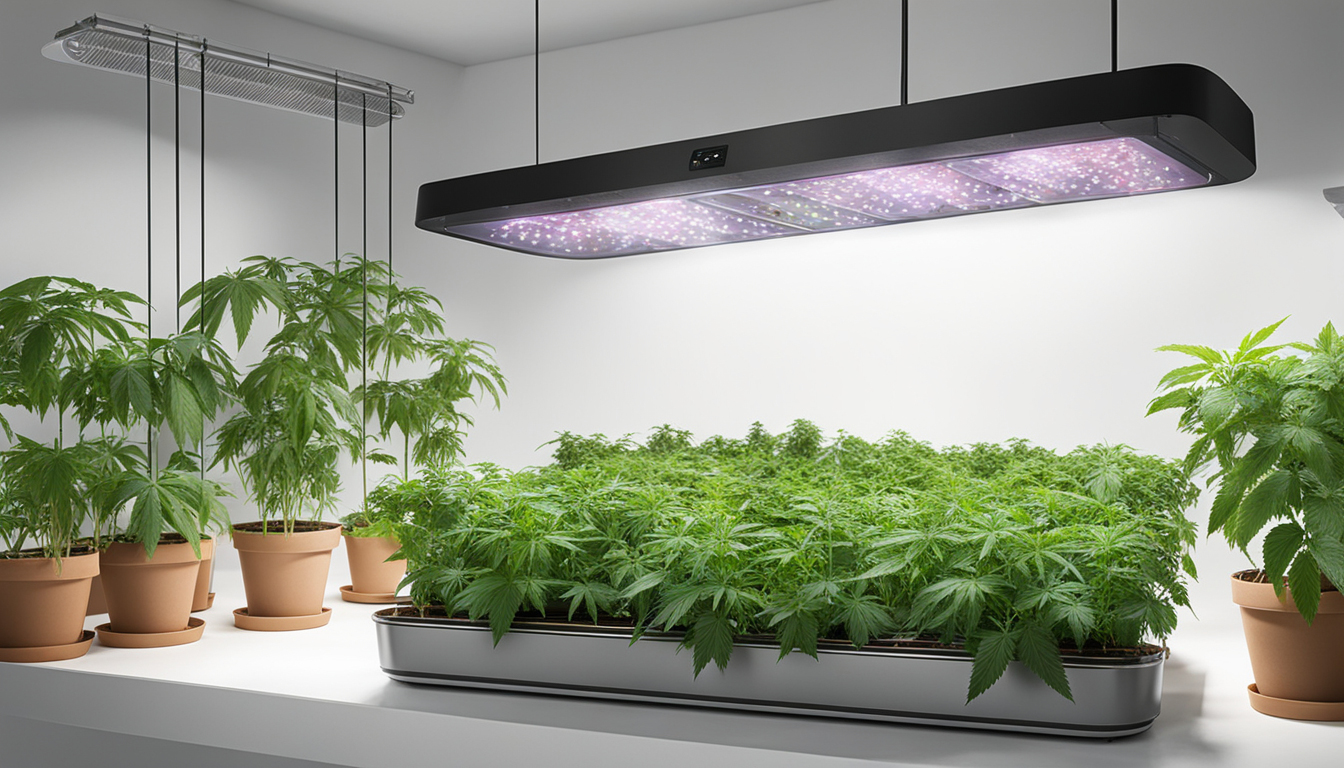
Bloom Stage
The blooming stage grows buds as plants show their sex under a 12/12 light schedule. It lasts 2-3 months based on variety.
Changing Light Schedule
Switch grow lights to 12/12 or place outdoors for natural 12 hour cycle. This triggers plants to begin flowering.
Stop Fertilizing
Leaching flushes out nutrient salts to improve flavor. Feed weakly the first weeks then just use plain water the final 2 weeks.
Flushing
Maintain 12 hour photoperiod but flush using neutral pH water only. Return to plain watering if buds aren't ripe after two weeks.
Reaping
Recognizing when weed is fully ripe delivers peak cannabinoid content and aroma. Harvest plants at optimal ripeness.
Identifying Ripeness
Look for fading pistils, swelling calyxes, and 5-15% amber trichomes. Inspect buds around the plant as they don't all mature evenly.
Harvesting plants
Use clean, sharp trimming scissors to gently cut each plant at the base. Leave 5-10cm of stalk attached.
Drying
Suspend intact plants or branches inverted in a dark room with average temp and humidity around 50-60% for 1-2 weeks.
Curing
Aging keeps drying while improving the buds like fine wine. This process mellows harshness and intensifies cannabinoid and terpene profiles.
Curing containers
Trim cured buds from branches and place into glass jars, packing about 3⁄4 full. Use a sensor to measure container moisture.
Burping Daily
Unseal jars for a short time daily to gradually lower humidity. Rehydrate buds if humidity goes under 55%.
Final Cure
After 14-21 days when humidity levels off around 55-65%, do a final manicure and store forever in sealed jars.
Common Problems and Solutions
Even seasoned growers run into different weed plant problems. Detect issues soon and address them correctly to maintain a vibrant garden.
Nutrient Deficiencies
Chlorosis often indicate Donate Here inadequate nitrogen. Purpling stems and leaves signal phosphorus deficiency. Test pH and increase fertilizers gradually.
Bugs
Spider mites, fungus gnats, mites, and root aphids are frequent weed pests. Use organic sprays, ladybugs, and yellow traps for natural control.
Mold
Excessive humidity promotes powdery mildew and root rot. Improve circulation and circulation while lowering RH below 50% during bloom.
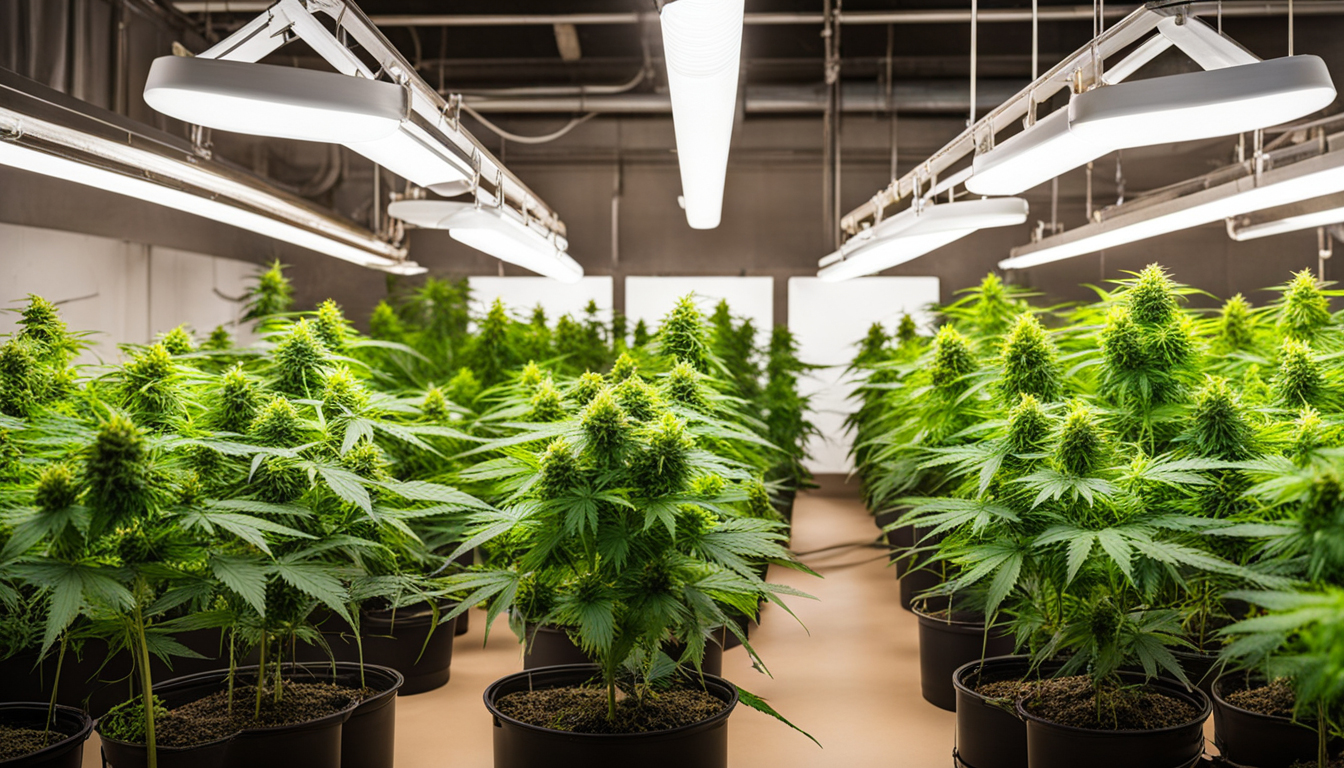
Summary
With this complete indoor pot cultivation guide, you now have the knowledge to grow bountiful strong buds for personal harvests. Follow these techniques and methods throughout the seed starting, growth, and bloom stages. Spend in quality equipment and carefully check on your plants. In time, you'll be compensated with sticky aromatic buds you grew yourself under the patient guidance of your green thumbs. Click Here Happy growing